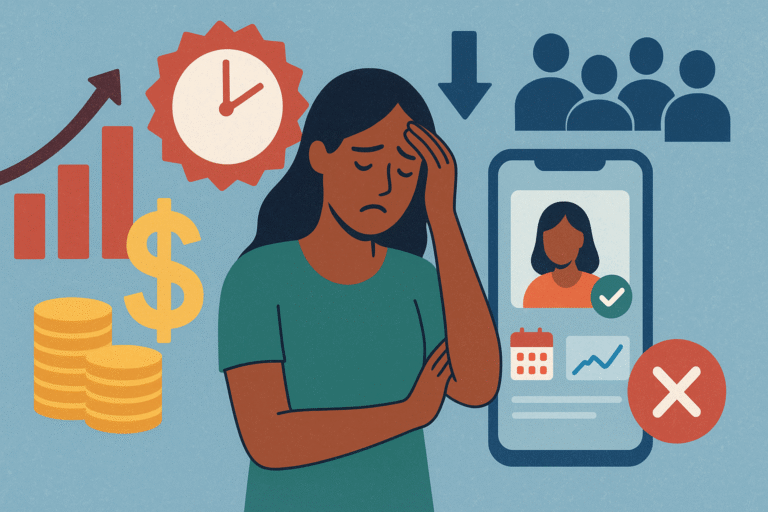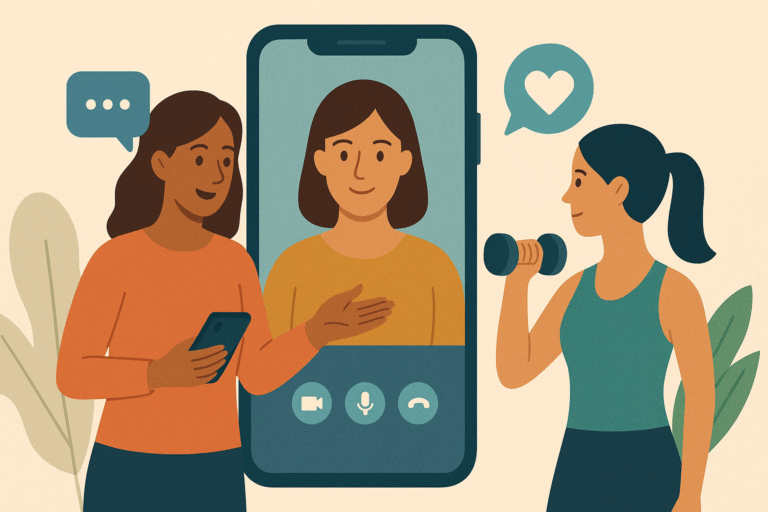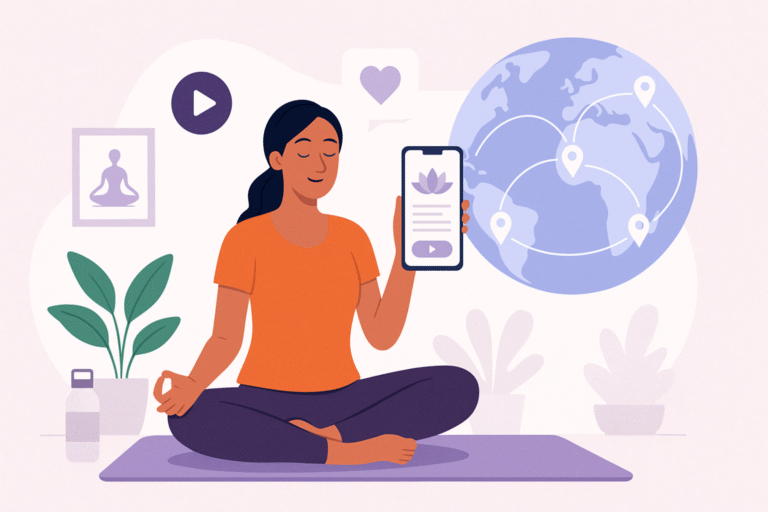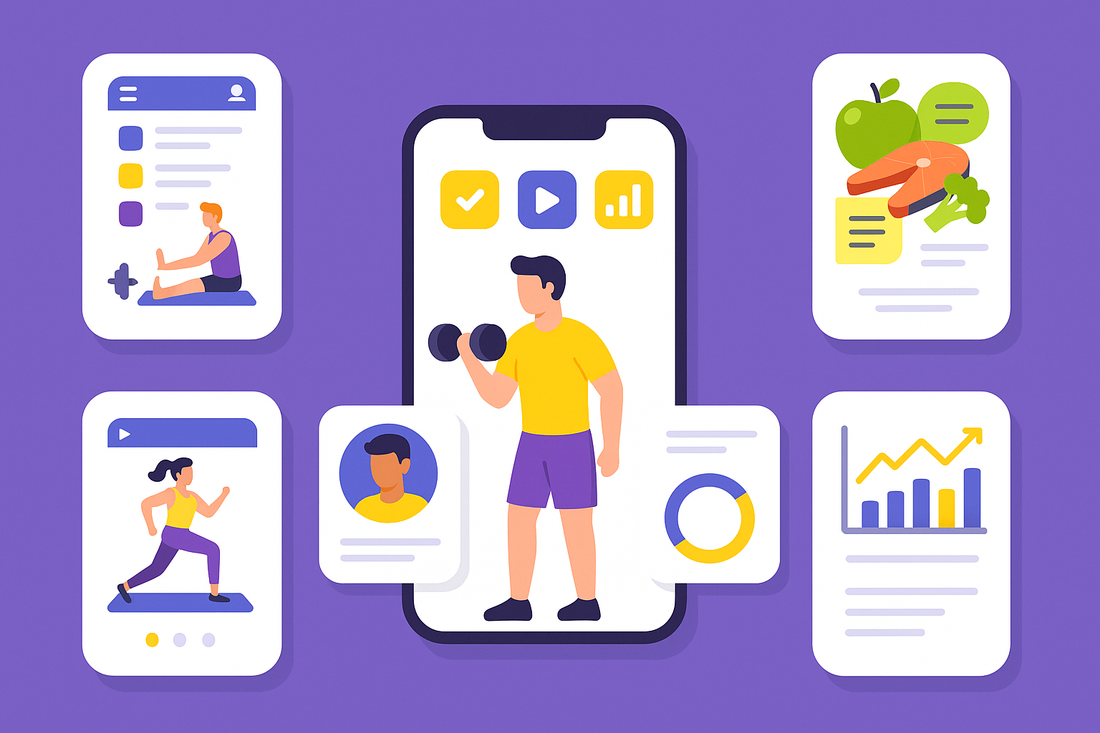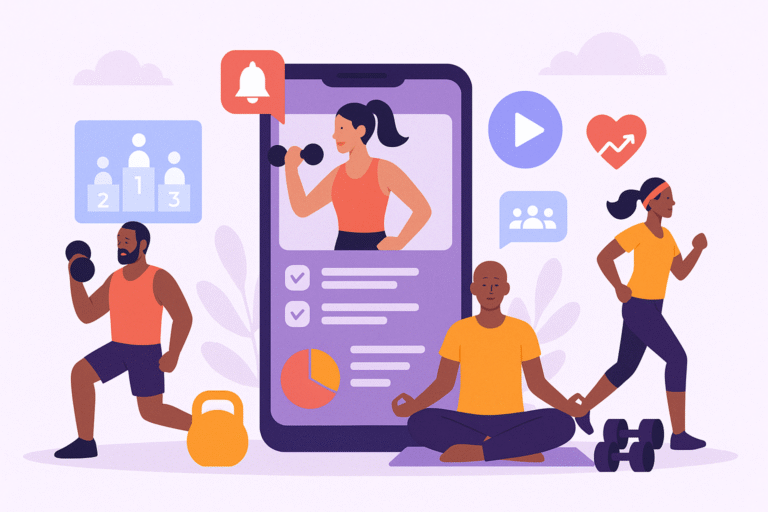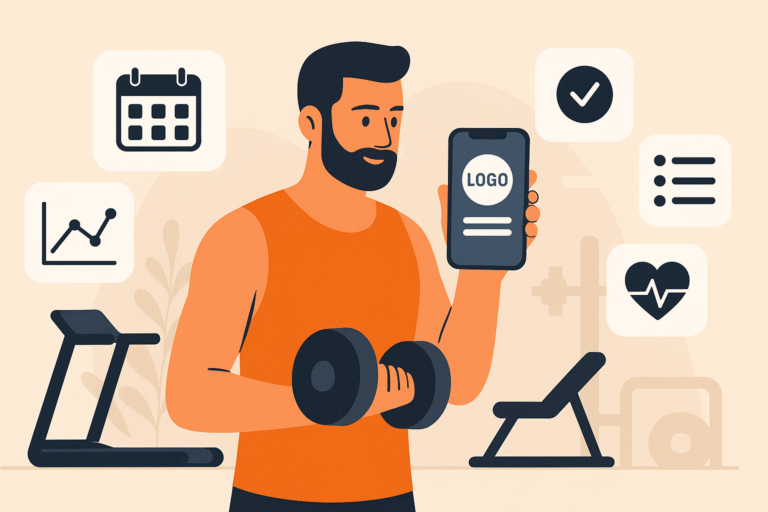In the era of personalised health, where users seek wellness apps promising transformation, one factor differentiates the apps that users like from those that are deleted after a week, and that is UI/UX design. Whether you are building a fitness tracker, meditation guide, virtual therapy room, or nutrition coach, how your app looks (UI) and feels (UX) will directly influence adoption, retention, and results.
Let’s explore why your UI?UX strategy is not just a design decision, it is more than that..
1. Personalisation Starts with Smart Design
Fitness and therapy journeys are personal; users want routine and therapy that feels personal. UI/UX makes personalisation visible and actionable. Like a user logs in and sees today’s meditation is based on yesterday’s stress level. And a fitness app adjusts your workout dashboard based on your progress and energy. All these features require intentional design systems that adapt without being intrusive.
2. First Impression Shapes Retention
It’s a human tendency that we tend to form an opinion in less than 7 seconds. For fitness and therapy apps, that first screen is not just an introduction; it is a make-or-break moment. Does the app feel calming, intuitive, and welcoming? Or is it overwhelming, clinical, or outdated? A cluttered dashboard or confusing sign-up process can instantly drive users away.
3. Empathy through UX
Fitness and therapy apps are not just tools; they are companions. A therapy app might be used by someone battling anxiety and stress at 3 a.m. These moments demand empathy-driven design.
That’s where UX shines:
- Can users access important features with minimal effort?
- Is the navigation intuitive for someone under stress?
UX is all about understanding your users’ emotional state and designing with care and simplicity.
4. Security
Wellness apps often deal with sensitive personal data. A confusing or unpolished interface can create a sense of doubt in the user’s mind about your app’s credibility, even if it’s secure.
Design can build trust by:
- Avoiding dark patterns
- Using reassuring microcopy
- Showing clear consent flow
- Offering quick access to privacy settings
5. Good Design Lowers Churn and Boosts ROI
Ultimately, your app’s design is a business asset, and an app with an intuitive UI and emotionally intelligent UX.
- Attract more organic installs
- Get better reviews
- Improve subscription conversion rates
- Reduce churn
- Get shared more often by happy users
Final Thoughts
In this competitive wellness market, your app doesn’t get a second chance to make a first impression, and that impression is formed not just by what your app does but by how it makes users feel. UI/UX is the foundation of your users’ experience, trust, and transformation. A poorly designed app may have all the right features, but without thoughtful UI/UX, users will feel lost, frustrated, or even triggered, and they’ll quietly leave.
Get a Free UI/UX Audit or Consultation





